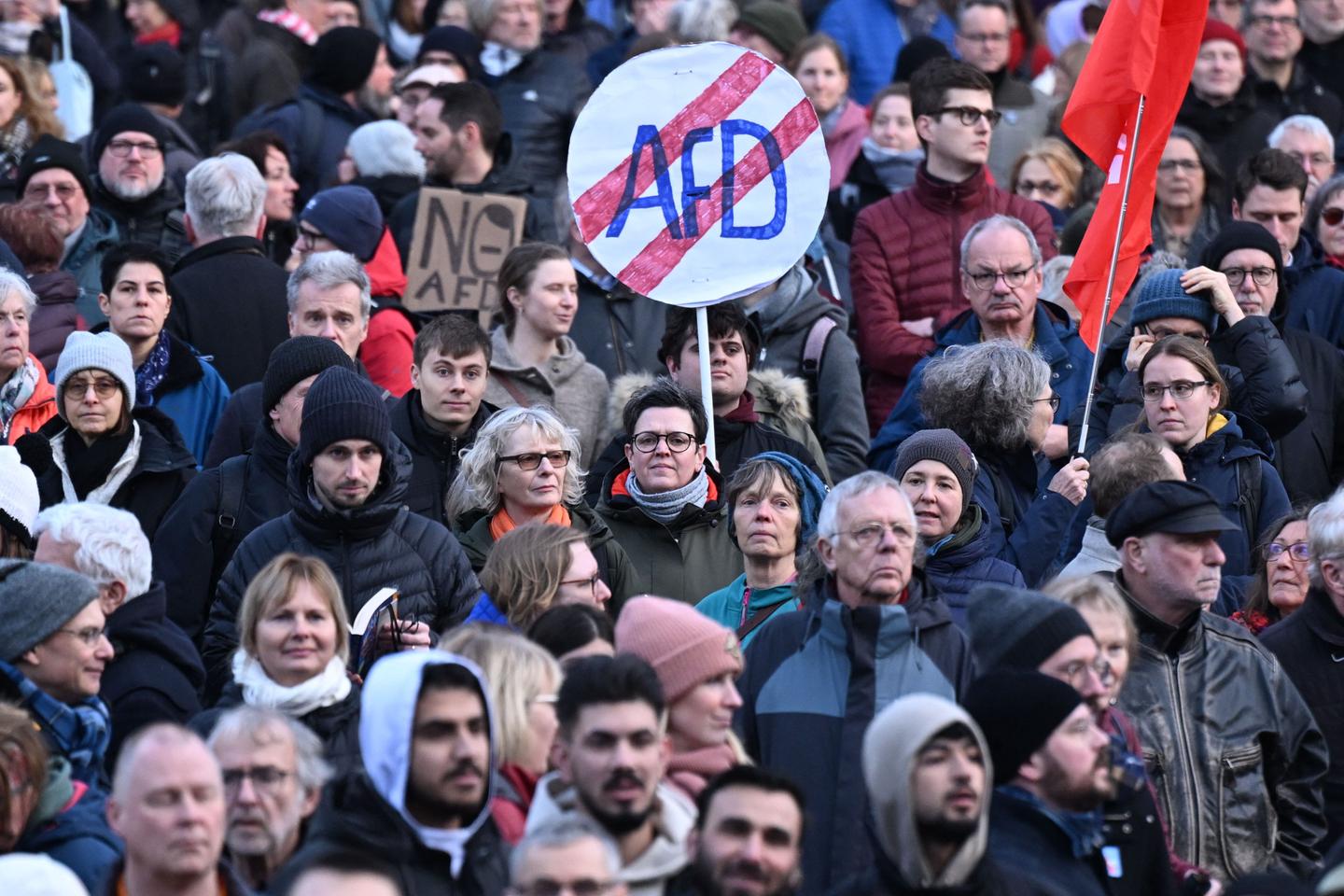


Historic. The adjective is no exaggeration when describing recent demonstrations against the far right in Germany. Since mid-January, over 2 million people have taken part in some 500 rallies across the country. The 1992 record has been beaten. That year, almost 1.5 million people took to the streets to protest against increasing racist violence towards immigrants, particularly in Rostock, in the former East Germany. At the time, however, almost all those demonstrations took place in western metropolises such as Munich, Hamburg and Berlin. Thirty-two years later, the movement has spread to a significant number of small and medium-sized towns, particularly in eastern provinces, where the far right has its highest ratings. In some municipalities with fewer than 100,000 residents, more than 10% of the population has demonstrated in recent weeks. It is unprecedented.
The trigger for these demonstrations is well known. The investigation published on January 10 by investigative website Correctiv revealed a secret meeting at which the founder of the Austrian identitarian movement outlined a "remigration" plan to leaders of the Alternative for Germany (AfD) party, aimed at deporting to North Africa millions of immigrants settled on the other side of the Rhine, as well as German citizens of foreign origin.
The astonishment provoked by these revelations, however, does not explain everything. The mobilization was also so rapid and spectacular because it took root in fertile ground. It is made up of the many collectives that have been formed all over Germany, particularly in the east, over the last few years, sometimes in relative indifference, to fight against the rise of the far right. Some have emerged in response to a local event, such as the "We Are More" initiative, which was born of a reaction to anti-migrant activities in Chemnitz (Saxony) in 2018, and then spread elsewhere. Others have a very different origin, like the "Grandmothers Against the Far Right", a movement born in Austria after the FPÖ (Freedom Party of Austria, right-wing populist) entered the government in 2017, before structuring itself into a network in over 70 German cities the following year.
A flash in the pan
Experts on social movements interviewed in the German media over the last few days have diverging opinions. For some, current demonstrations will run out of steam in a few weeks at most, as has been the case every time hundreds of thousands of Germans have demonstrated against the far right, whether in 1992, in 2000 after the attack on the synagogue in Düsseldorf or in 2018 after the racist riots in Chemnitz. In 2018, 250,000 people marched in Berlin under the "Indivisible" banner without managing to translate this activity into a result. For other researchers, however, conditions are ripe for the movement that has emerged in recent weeks not to be a flash in the pan. In the run-up to European elections in June, regional elections in September in three eastern provinces where the AfD is the front-runner, and parliamentary elections in 2025 where it could become the second-largest force in the Bundestag (German federal parliament), the far right has never appeared so threatening, and the need to combat it, so urgent.
You have 40% of this article left to read. The rest is for subscribers only.
